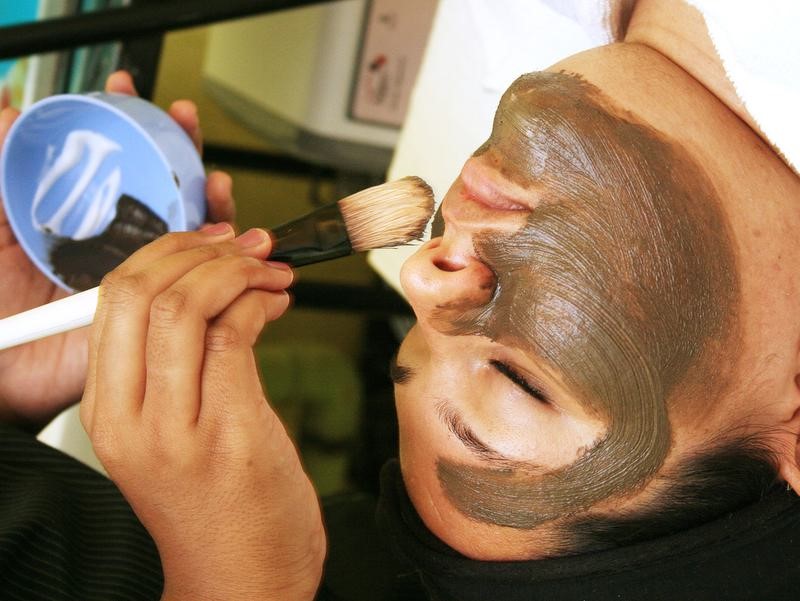





Source: Hindu
Disclaimer: Copyright infringement not intended.
Context
Details
Findings
Global Public Health Concern
About Mercury Metal
Physical Properties:
Chemical Properties:
Uses of Mercury Metal:
Production:
Environmental Hazards:
Health Risks of Mercury:
Policy Recommendations
Sources:
|
PRACTICE QUESTION Q. Mercury metal, with its unique properties and historical significance, has played various roles in human civilization. Critically Analyse. (250 Words) |






© 2025 iasgyan. All right reserved